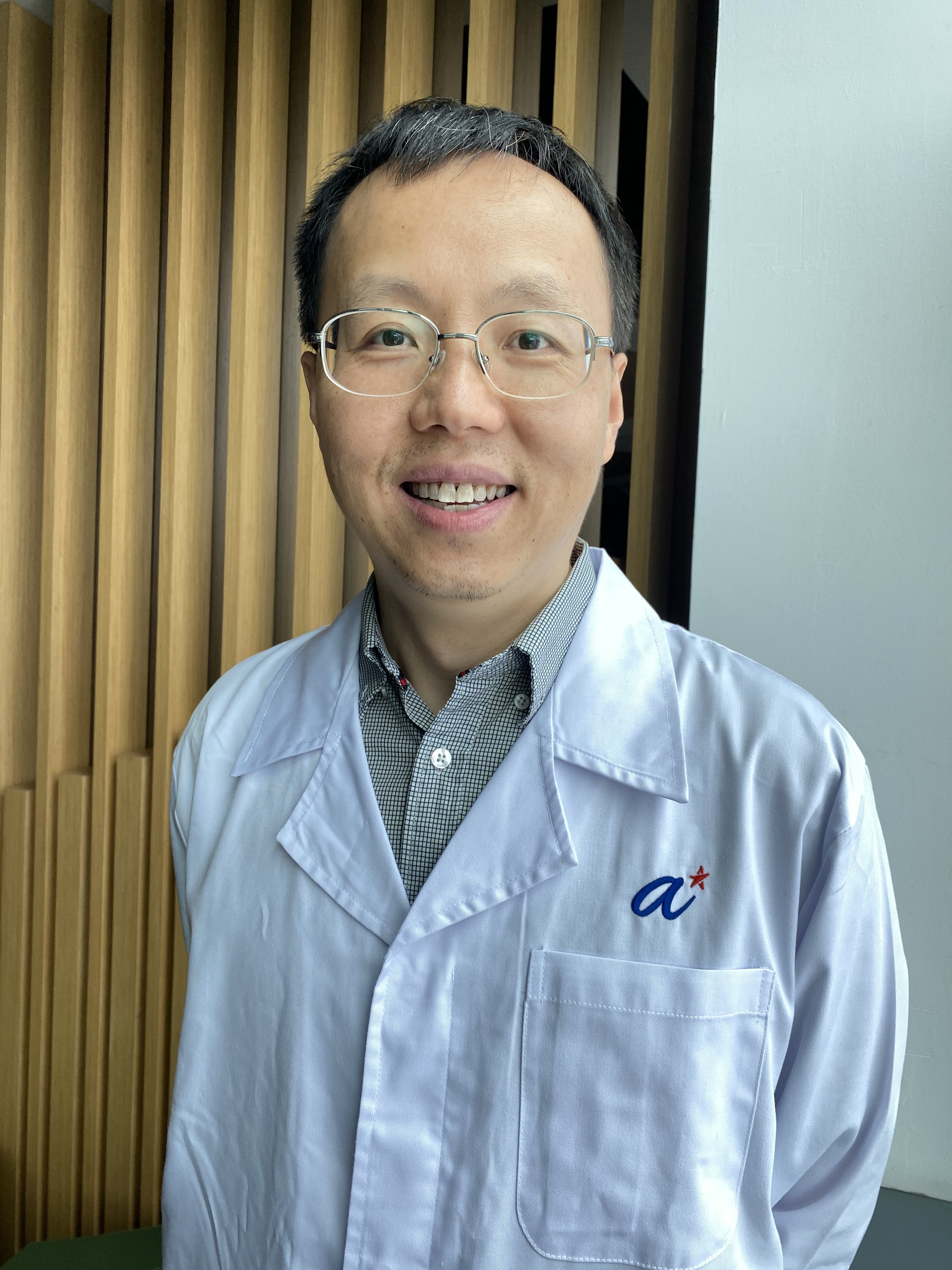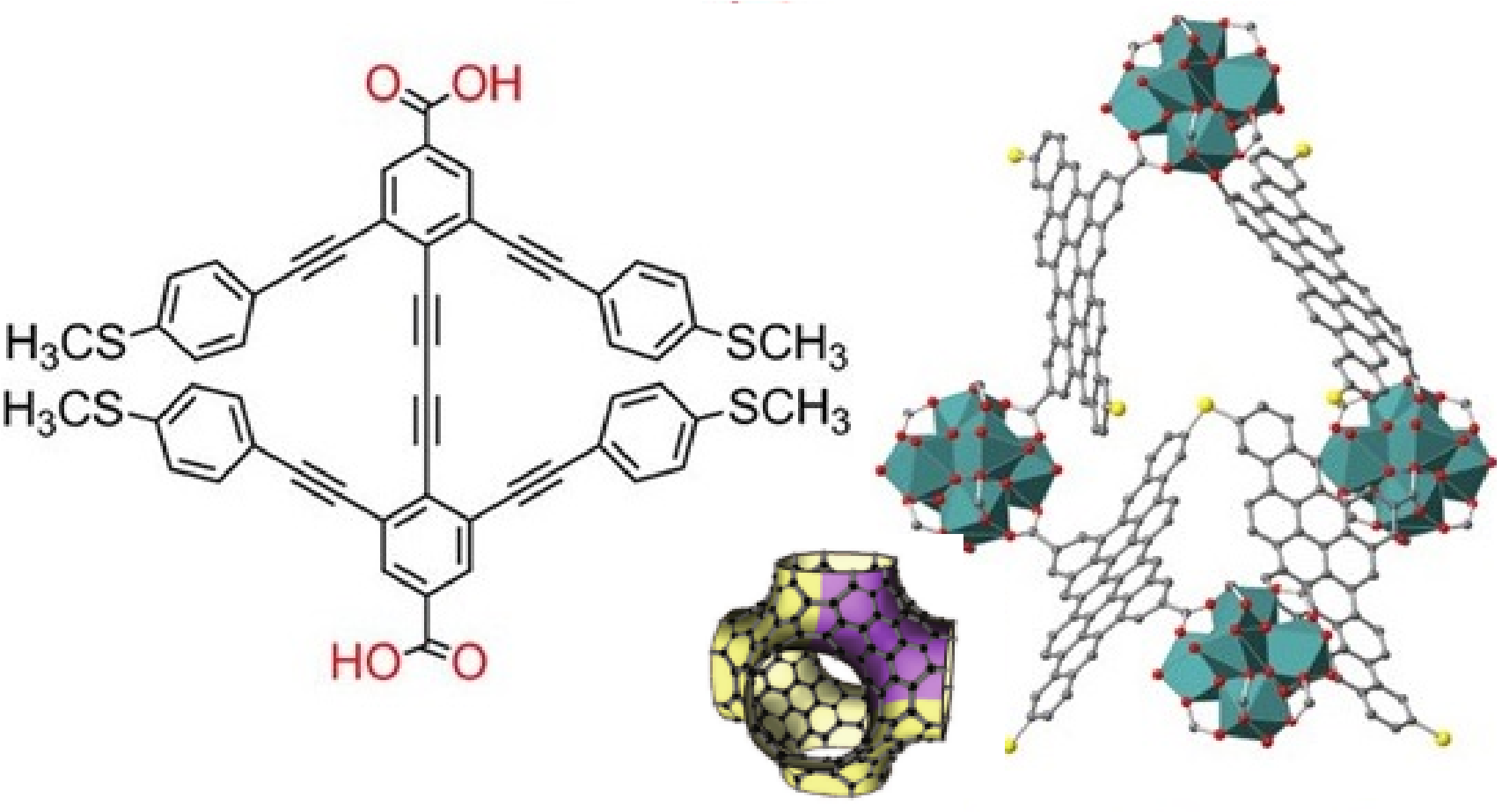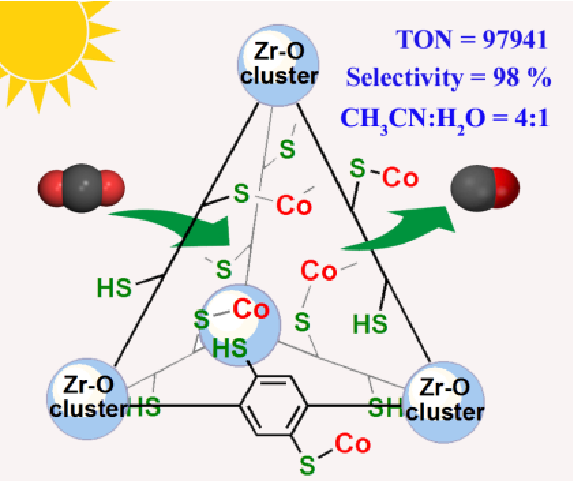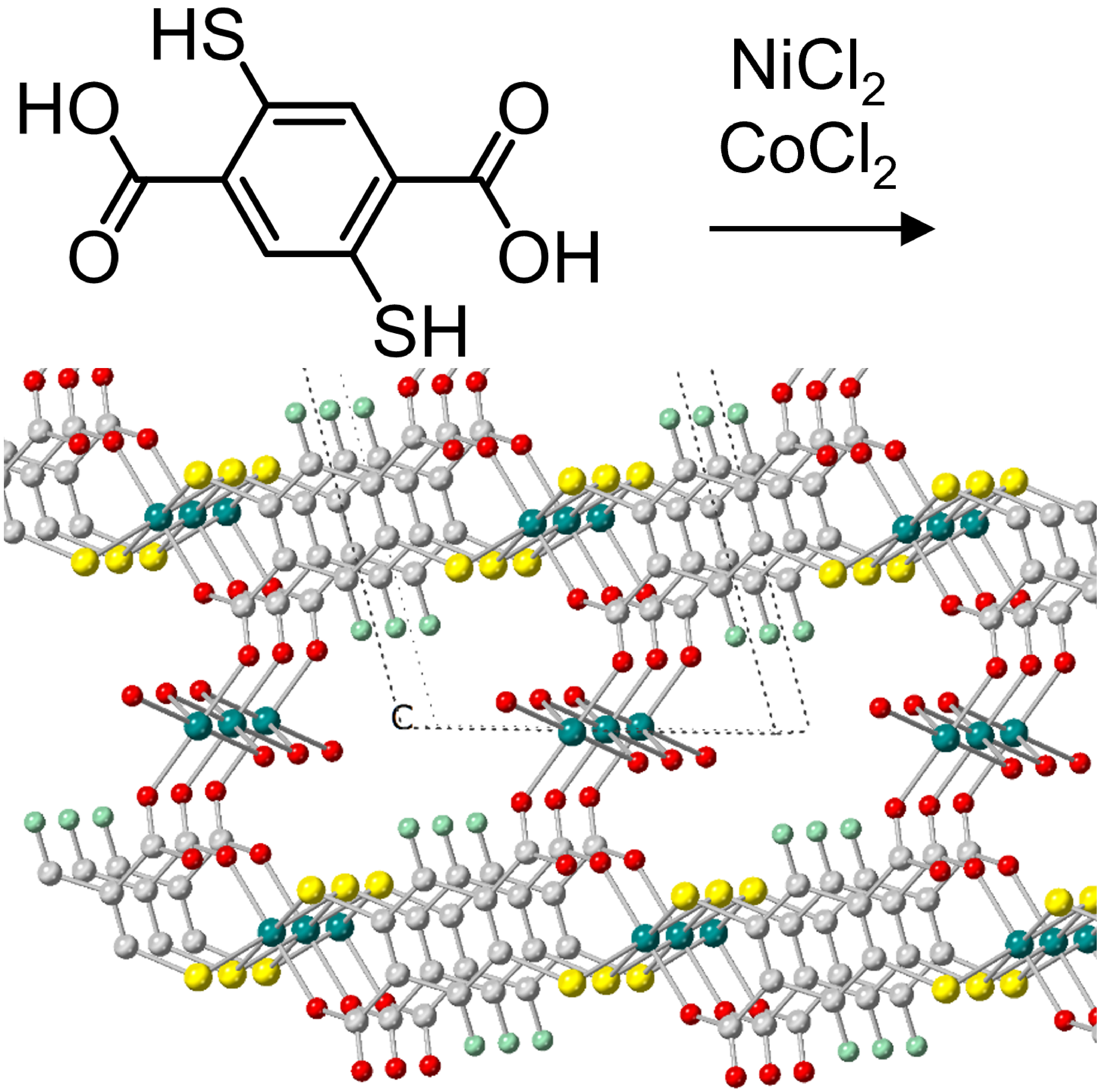Catalytic and Conductive Framework Materials

About Prof. Xu Zhengtao and His Team
After BS (1996) at Peking University, Xu had a plan for organic chemistry, but ended up with a PhD from Cornell on coordination networks (MOFs). After postdoc at IBM and faculty appointments at George Washington University—as life would have it— Xu started anew in Hong Kong (2005), became a professor in 2015, and relocated to Singapore in 2022. Our work at IMRE/A*STAR carries forth the interest in catalytic and (super)conductive frameworks. Xu also enjoy Tolstoy, Schopenhauer and other classics.
Our team members will be able to closely integrate molecular design/synthesis and the study of porous framework materials (MOF, COF and open cage compounds), in order to open broad new horizons in materials science. We are spearheading three forefront directions in open framework materials: 1) crystalline carbon frameworks (CCMs); 2) sulfur-functionalized metal-organic frameworks (SMOFs); 3) superconductive coordination polymers. In these three areas, the key properties of stability and reactivity are organically united in the open framework medium, such that the powerful sulfur functions and highly conjugated graphene motifs are driving deep innovations across catalysis, semiconductors, sensors, heavy metal removal, energy conversion/storage and superprotonic conductor and superconductor technologies.
Capabilities

Crystalline carbon frameworks for single-atom catalysis and sustainable development
- "A Ferrocene Metal-Organic Framework Solid for Fe-Loaded Carbon Matrices and Nanotubes: High-Yield Synthesis and Oxygen Reduction Electrocatalysis", S. Cheng, T. Ma, X. Xu, P. Du, J. Hu, Y. Xin, D. Ahn, J. He*, Z. Xu*, Inorg. Chem., 2021, 60, 17315-17324.

Sulfur-equipped MOF solids for electrocatalysis, CO2 reduction, solar cell and battery applications
- "Dense Dithiolene Units on Metal-Organic Frameworks for Mercury Removal and Superprotonic Conduction", Y. He, J. Dong, Z. Liu, M. Li, J. Hu, Y. Zhou, Z. Xu*, J. He*, ACS Appl. Mater. Interfaces, 2021, 14, 1070-1076.

Superconducting coordination polymers
- The soft sulfur donors bond with Co2+/Ni2+ to afford 2D sheets for charge transport, while the interlayer metal-carboxylate domain is more ionic and mediates the transition into the superconductive state.
Telltale diamagnetism at 50 K of a coordination polymer system
Highlights & Achievements
- "Telltale Diamagnetism at 50 K of a Coordination Polymer System", J. He*, Z. Liu, L. Tang, X. Ye, J. Hu, Z. Xu*, Materials Research Letters, 2022, 10, 496-500.
- "Uniting Form and Function, Stability and Reactivity in Open Framework Materials", Z. Xu*, Chem. Lett., 2021, 4, 627-631. Invited Commemorative Highlight Review
- ''2D Metal-Organic Framework for Stable Perovskite Solar Cells with Minimized Lead Leakage'', Nature Nanotechnology, 2020, 15, 934-940.
- "Dramatic Improvement of Stability and Electroactivity by Linker Cyclization of a Metal-Organic Framework", Chem. Commun., 2018, 54, 9470-9473.
- "Metallation triggers single crystalline order in a porous solid", J. Am. Chem. Soc., 2016, 138, 14852-14855.
- "An Electroactive Porous Network from Covalent Metal-Dithiolene Links" J. Cui and Z. Xu*, Chem. Commun., 2014, 50, 3986-3988.
- "Effective Mercury Sorption by Thiol-Laced Metal-organic Frameworks", J. Am. Chem. Soc., 2013, 135, 7795-7798.
Contact
A*STAR celebrates International Women's Day

From groundbreaking discoveries to cutting-edge research, our researchers are empowering the next generation of female science, technology, engineering and mathematics (STEM) leaders.
Get inspired by our #WomeninSTEM
.png?sfvrsn=b59474e9_3)